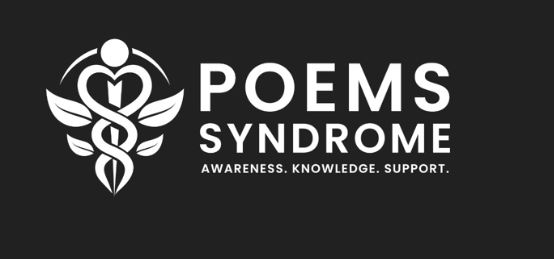My name is Brad, and I was diagnosed with POEMS Syndrome in September 2018 at the age of 47. My symptoms began gradually in June of that year, starting with stomach issues and difficulty walking long distances. The weakness in my legs worsened over time—I struggled to walk even a few blocks, couldn’t stand on my toes, and felt strange nerve activity in my legs. By September, I needed crutches and a wheelchair to get around.
Despite numerous blood tests and a CT scan, doctors were unable to determine what was wrong. It wasn’t until late September, when I saw neurologist Dr. Jonathan Katz at Sutter Health in San Francisco, that I finally got a diagnosis. After just a few minutes of discussing my symptoms, he identified POEMS Syndrome.
Sitting in Dr. Katz’s office was terrifying. I searched the internet for information about POEMS, but everything I found painted a grim picture. It wasn’t until I did more research, spoke with additional doctors, and joined a Facebook group for POEMS patients that I gained a clearer understanding of what was happening.
Things moved quickly after my diagnosis. On October 1st, I began 25 radiation treatments to target a 3 cm solitary plasmacytoma on my left iliac crest. My symptoms seemed to worsen until Christmas, when I finally noticed a small return of strength. At my worst, I couldn’t walk without crutches or a wheelchair, my feet were numb from just above my knees down to my toes, and I couldn’t stand without holding on to something. My entire lower body atrophied, and I lost over 40 pounds throughout this ordeal.
Following my initial treatment, my VEGF levels spiked. I consulted Dr. Sandy Wong at UCSF, who recommended an aggressive approach with chemotherapy and a stem cell transplant. I later learned that radiation can take up to 18 months to fully eliminate a plasmacytoma, and VEGF spikes are expected after treatment. Still, I’m glad we pursued an aggressive course of action.
In February 2019, I began a standard Revlimid/Dexamethasone regimen, along with weekly infusions of Carfilzomib. Once all the necessary tests were completed and I regained enough strength, I underwent a stem cell transplant on July 1st at UCSF. I was finally able to leave the hospital on July 18th, 2019.
At the time, I thought recovery would take three or four months. In reality, healing from such severe nerve damage takes years. It took over three years before I started feeling somewhat normal again, and five years to reach the best recovery I could hope for. While I have regained much of the feeling in my feet, I still experience neuropathy and walk with a slight limp.
